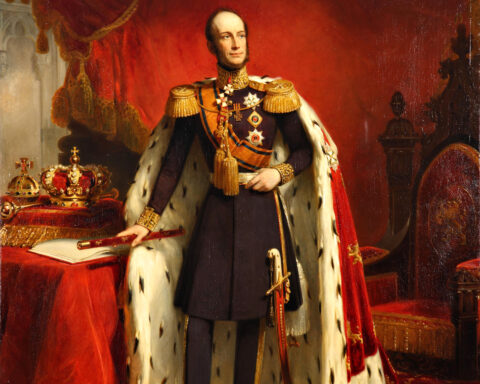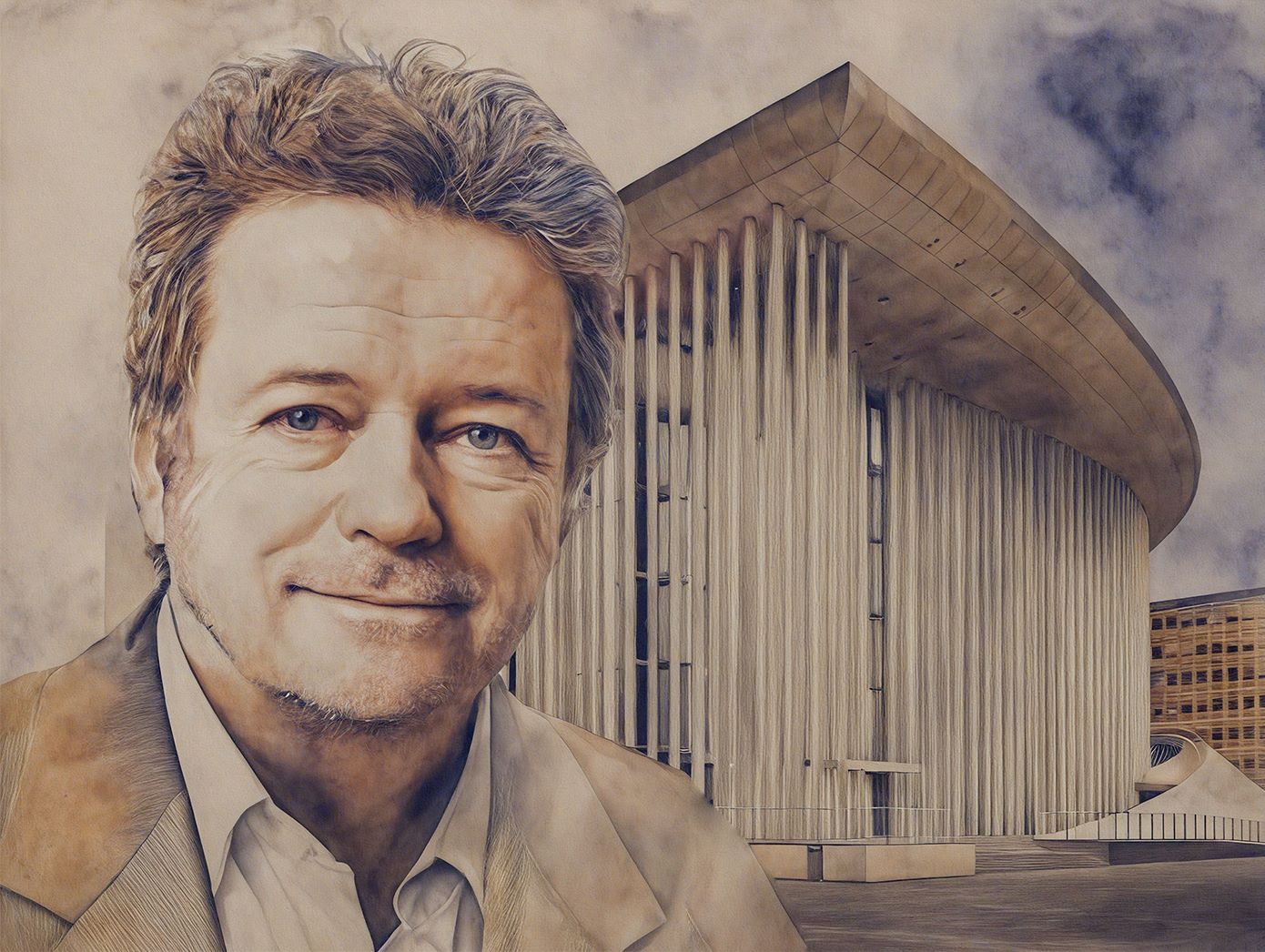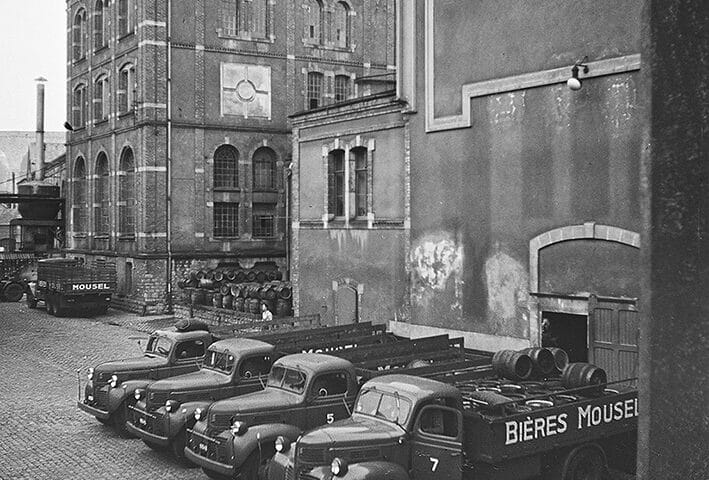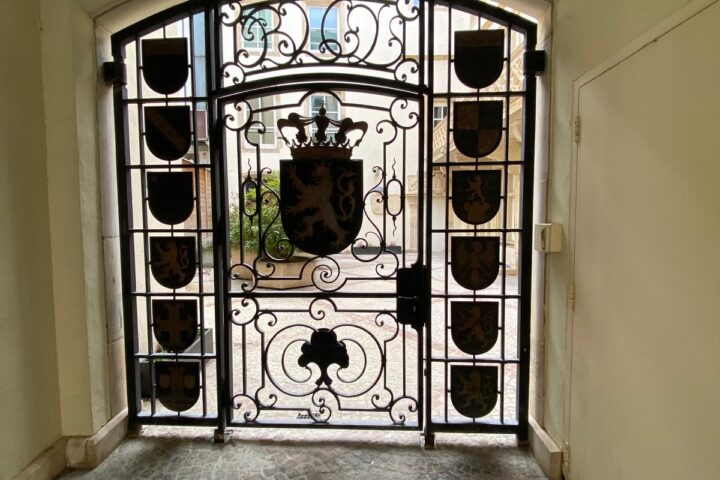The architect Christian de Portzamparc is passionate about the interpretation of his craft. Early in his career, he addressed the needs of urban inhabitants whose living conditions did not meet their needs. His passion for music led him to design many performing arts venues including the iconic Philharmonie in Luxembourg.
Who is Christian de Portzamparc?
Born in Casablanca, Christian de Portzamparc was impassioned by the sketches of Swiss architect Le Corbusier. After he had graduated in architecture at the École Nationale des Beaux-Arts in Paris in 1969 he developed a new passion. Joining a team of sociologists, he studied the urban landscape and living conditions. He concluded that architects bore a social responsibility. Incorporating open spaces and walkways to address the issue of urban density, he sought to create buildings where people’s physical living conditions were designed to meet their needs. Drawing on that experience, his subsequent work was deliberately scaled and modeled to blend into the urban landscape. His work has earned him numerous awards not least of which is the Pritzker Prize regarded as the “Nobel Prize of architecture.”
For what designs is Christian de Portzamparc best known?
When he established his own firm, Atelier Christian de Portzamparc, in 1980 his passion for music was stirred. This led him to design many venues for the performing arts including the Paris Opéra Ballet School. His concept for Cité de la Musique in Paris drew on his experience in urban landscaping. What later became part of the Philharmonie saw the repurposing of an industrial and underused part of the city. It encompassed the development of concert halls, an amphitheater, practice studios, a music museum, and a library. Further cultural and music venues followed including the Philharmonie Luxembourg, Cidade das Artes in Rio de Janeiro; and the Shangyin Opera House, Shanghai, and Paris La Defense Arena, built for sporting events and concerts.
“His work was deliberately scaled and modeled to blend into the urban landscape.”
What was Christian de Portzamparc’s concept for the Philharmonie Luxembourg?
Christian de Portzamparc’s passion for music led to his being invited to design one of Luxembourg’s most visible cultural symbols on the Place de l’Europe: The Philharmonie Luxembourg. He hoped to surround his design with trees so visitors would feel they were stepping into a forest retreat away from the hubbub of the city center. But when lack of space precluded real trees, Portzamparc surrounded the leaf-shaped building with 827 columns representing trees. These created the effect of filtered light in a woodland glade inside the building. Leading musicians and conductors have praised the three auditoriums in the Philharmonie Luxembourg for their acoustic qualities.






















